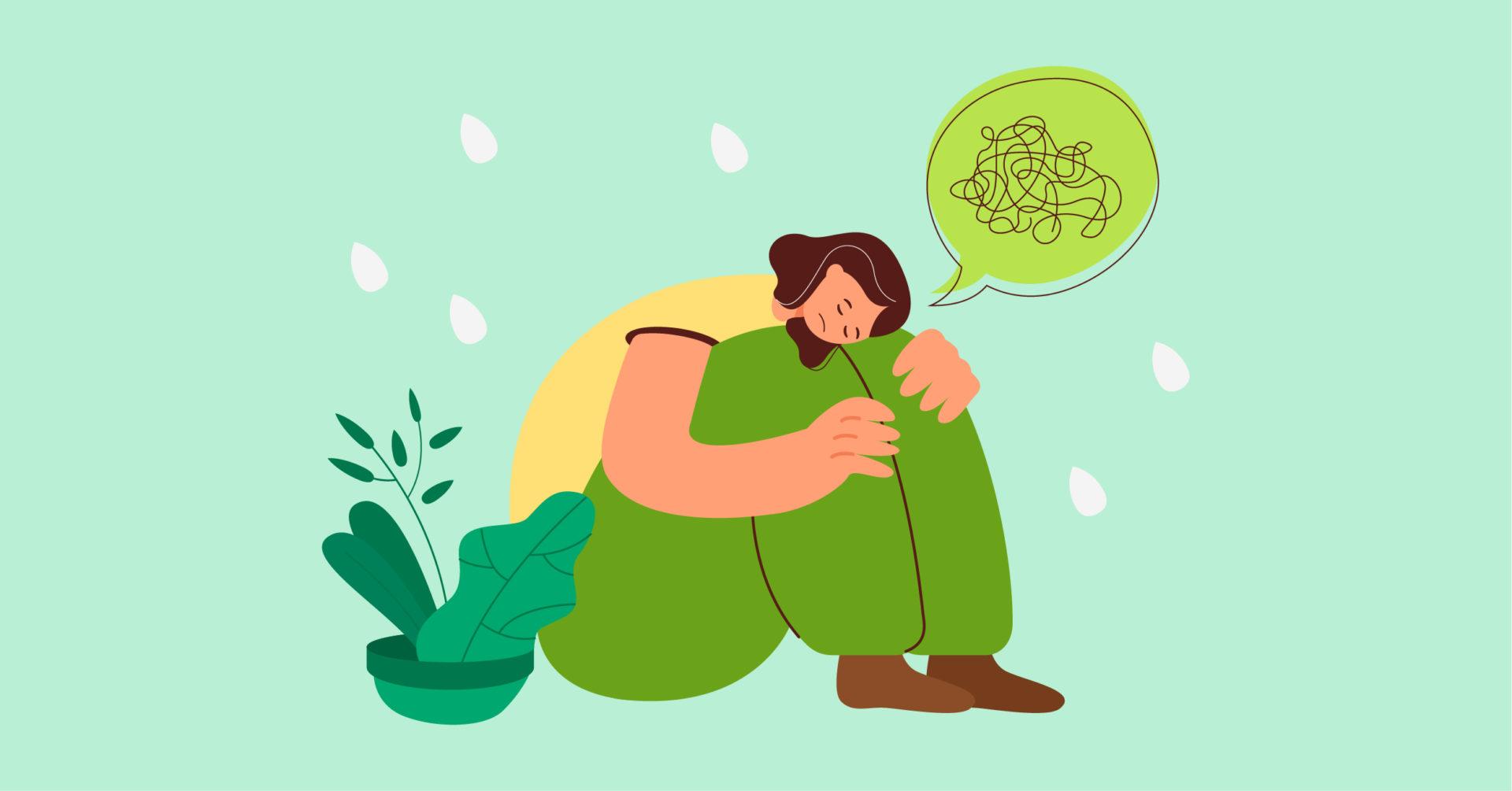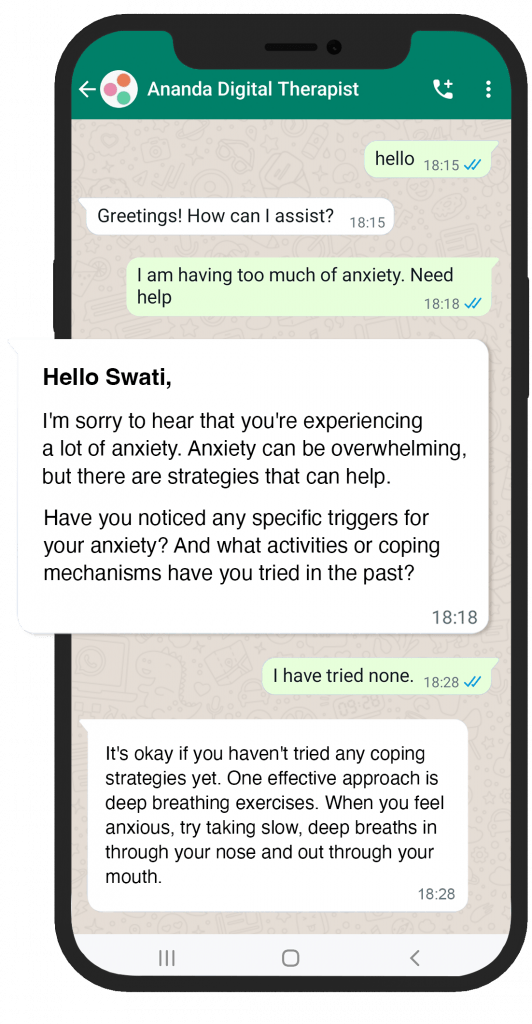Overview
Hoarding Disorder, or Compulsive Hoarding, was earlier thought of only as a symptom of Obsessive-Compulsive Disorder, but was introduced as a separate disorder in the DSM-5.
The disorder is characterized by a pervasive inability or difficulty to discard items due to an emotional attachment or fear of loss, even when they have no utility or true significance.
Hoarding behaviors lead to significant impairment in various facets of life, with increased risks of fire, falling, poor hygiene and sanitation, and other severe health problems.
The prevalence of Hoarding Disorder is unclear, but recent literature suggests an equal occurrence among males and females. The onset is often seen in childhood or adolescence, with the severity developing further with age.
Certain sociodemographic characteristics, genetic, environmental, temperamental, and trait factors have been aetiologically associated.
Treatment is usually based in behavioral therapy. Pharmacotherapy has not been associated with much efficacy.
Signs and Symptoms
The signs and symptoms of Hoarding Disorder include:
- A pervasive inability or difficulty in throwing away items even if they are of no use
- Increased sentimental attachment to items
- Designating use or aesthetic value to items
- Fear of parting with important information
- Feeling distressed when thinking about parting with an item
- Living in cluttered and disorganized settings
- Storing items in all spaces available (such as their vehicles, yards, basements, workplace, and homes of closed ones)
- Inability to make decisions and perfectionism
- Avoiding activities and procrastinating
- Difficulty in planning and organizing
- Being easily distracted
Risk Factors
The epidemiological data regarding sex prevalence in Hoarding Disorders is considered to be uncertain, with the predominance of males or females being disputed across studies.
A recent meta-analysis reported no difference between males and females in the prevalence. The onset of the disorder is considered to occur between childhood and adolescence, and the severity is said to increase progressively with age.
Often, sociodemographic characteristics such as unemployment, being unmarried/separated/divorced, economic shortcomings, and poorer perceived physical health are observed among patients.
There is a significant presence of psychiatric comorbidity among those with Hoarding Disorder, with an estimated 75% having comorbid mood or anxiety disorder, commonly including major depressive disorder, social anxiety disorder, and generalized anxiety disorder.
In some cases, the symptomatology of the disorder coincides with that of obsessive-compulsive disorder.
While twin studies have demonstrated a moderate heritability of Hoarding Disorder, they also highlight the importance of environmental correlates.
The influence of stressful events and trauma has been reported. Temperamental and trait correlates include greater attachment anxiety and attachment avoidance, as well as avoidant, dependent and depressive personality traits, and indecisiveness.
Diagnosis
It is likely that individuals do not visit healthcare professionals for diagnosis even after the onset of the symptoms of Hoarding Disorder, due to the lack of awareness of and reluctance to admit the abnormality of their symptoms.
The integral part of the diagnostic process is a clinical interview, and it is thus important for healthcare professionals to ask direct questions with regards to hoarding behavior. Structured interviews and questionnaires may be administered.
Home visits are suggested in order to understand the severity of the hoarding through the evaluation of disorganization and clutter, as well as the level of dysfunctionality and impairment caused by the presence of clutter.
It is also helpful to establish contact with close acquaintances of the individual in order to get a better idea of their tendencies, due to their tendency to downplay the severity and the consequences of their symptomatology.
The DSM-5 mentions the following diagnostic criteria:
- Persistent difficulty discarding or parting with possessions, regardless of their actual value.
- This difficulty is due to a perceived need to save the items and to distress associated with discarding them.
- The difficulty discarding possessions results in the accumulation of possessions that congest and clutter active living areas and substantially compromises their intended use. If living areas are uncluttered, it is only because of the interventions of third parties(e.g., family members, cleaners, authorities).
- The hoarding causes clinically significant distress or impairment in social, occupational, or other important areas of functioning (including maintaining a safe environment for self and others).
- The hoarding is not attributable to another medical condition (e.g., brain injury, cerebrovascular disease, Prader-Willi syndrome).
- The hoarding is not better explained by the symptoms of another mental disorder (e.g., obsessions in obsessive-compulsive disorder, decreased energy in major depressive disorder, delusions in schizophrenia or another psychotic disorder, cognitive deficits in major neurocognitive disorder, restricted interests in autism spectrum disorder).
Specific forms of Hoarding may include excessive acquisition, marked by a tendency to obtain more items even if there is no room for them. The manifestation of the disorder may also be specified on the basis of the degree of awareness.
Treatment
The efficacy of Cognitive Behavioral Therapy in the management of Hoarding Disorder has been established. The implementation of training for organization, decision-making and problem solving, reducing acquiring behaviors, practicing discarding, and sorting, as well as therapy to target maladaptive beliefs and understanding how to deal with relapses may yield significant improvement.
CBT seems to work strongly on the tendency to have difficulty discarding.
Pharmacological alternatives to treatment are less promising. The use of SSRIs (Selective Serotonin Reuptake Inhibitors) has been suggested, but has little evidence of effectiveness backing it up.
Differential Diagnosis
1. Other medical conditions: Hoarding disorder is not diagnosed if the symptoms are a direct consequence of another medical condition, such as traumatic brain injury, surgical resection for treatment of a tumor or seizure control, cerebrovascular disease, infections of the central nervous system, or neurogenetic conditions such as Prader-Willi syndrome. Because, in these individuals, the hoarding behavior is not present prior to the onset of the brain damage and appears shortly after the brain damage occurs.
2. Neurodevelopmental disorders: Hoarding disorder is not diagnosed if the accumulation of objects is judged to be a direct consequence of a neurodevelopmental disorder, such as autism spectrum disorder or intellectual disability.
3. Schizophrenia spectrum and other psychotic disorders: Hoarding disorder is not diagnosed if the accumulation of objects is judged to be a direct consequence of delusions or negative symptoms in schizophrenia spectrum and other psychotic disorders.
4. Major depressive episode: Hoarding disorder is not diagnosed if the accumulation of objects is judged to be a direct consequence of psychomotor retardation, fatigue, or loss of energy during a major depressive episode.
5. Obsessive-compulsive disorder: Hoarding disorder is not diagnosed if the symptoms are judged to be a direct consequence of typical obsessions or compulsions, such as fears of contamination, harm, or feelings of incompleteness in obsessive-compulsive disorder.
6. Neurocognitive disorders: Hoarding disorder is not diagnosed if the accumulation of objects is judged to be a direct consequence of a degenerative disorder, such as neurocognitive disorder associated with frontotemporal lobar degeneration or Alzheimer’s disease. The accumulating behavior may be accompanied by self-neglect and severe domestic squalor, alongside other neuropsychiatric symptoms, such as disinhibition, gambling, rituals/stereotypies, tics, and self-injurious behaviors.
Comorbidity
Hoarding disorder are comorbid to mood or anxiety disorder, major depressive disorder, social anxiety disorder, generalized anxiety disorder and OCD
Specialist
The diagnosis of Hoarding Disorder may be carried out by a psychiatrist or clinical psychologist. It is important for the healthcare professional to take into account the possible reluctance or lack of awareness the individual may have with regards to their hoarding practices, and thus it is important to ask direct questions during the clinical interview. Treatment involving Cognitive Behavioral Therapy may be carried out by experienced and qualified therapists.
In Conclusion
Chronic difficulty in getting rid of or parting with goods due to a false sense of needing to keep them is known as hoarding disorder. When considering getting rid of the stuff, a person with a hoarding problem feels distressed. Regardless of actual value, there is an excessive accumulation of things.
There is no known technique to prevent hoarding disorder because nothing is known about what causes it. But like many mental health issues, hoarding may worsen if treatment is sought as soon as a problem arises.
Consult our professionals to overcome hoarding and other health conditions that are obstructing your day-to-day activities.
Book a session with us today.







